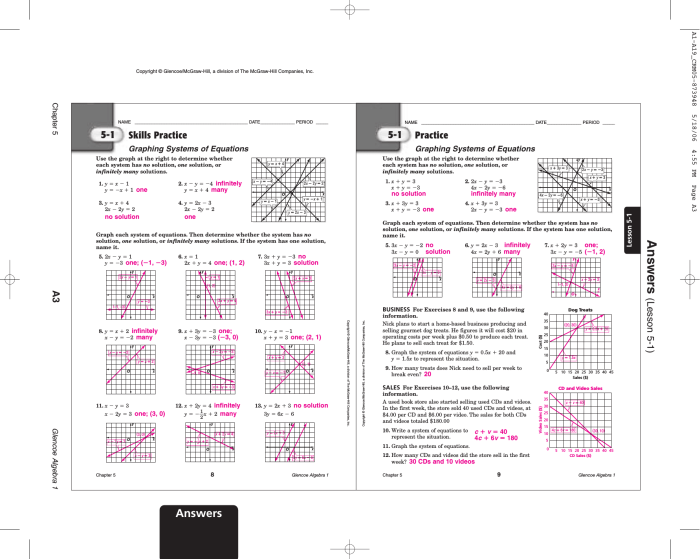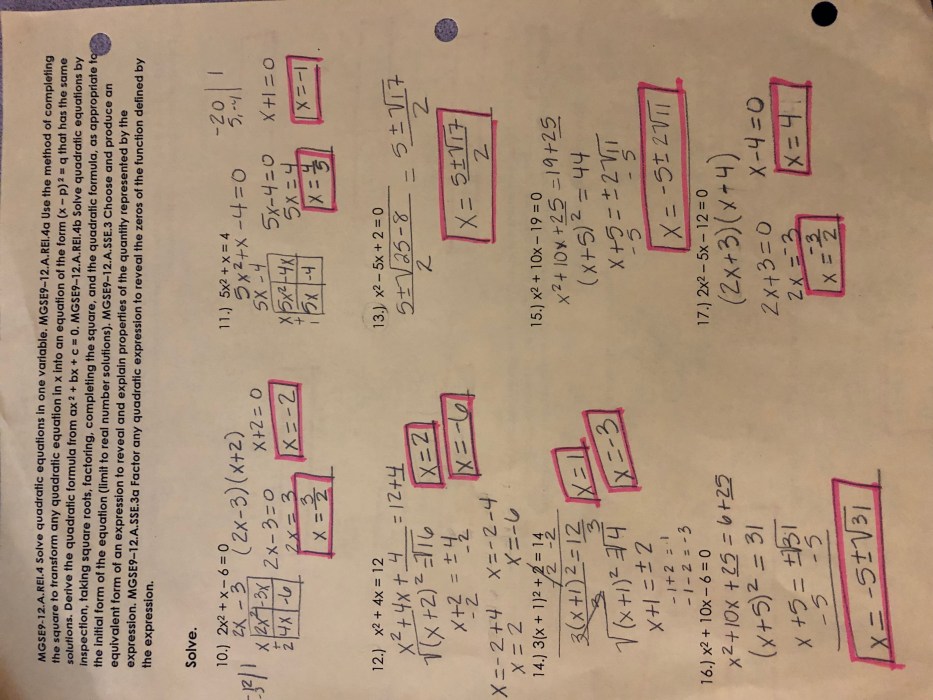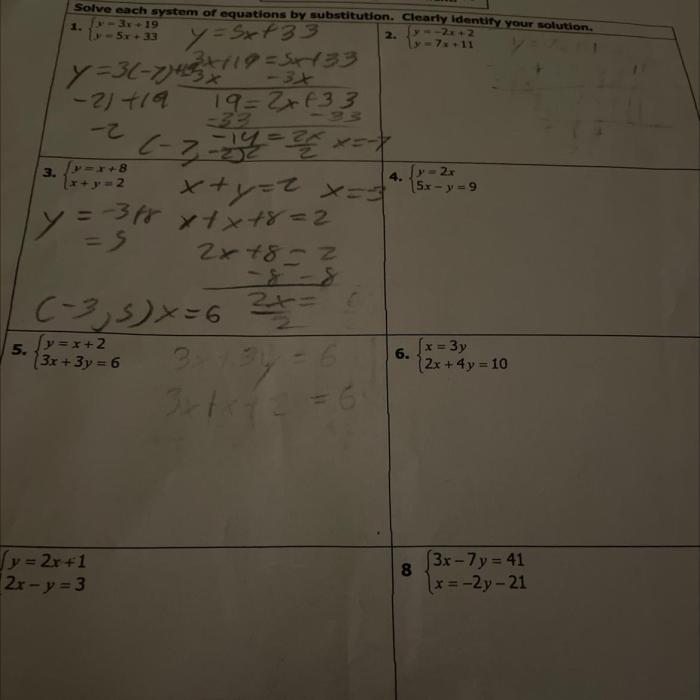Unit 1 algebra basics homework 11 solving and graphing inequalities – Unit 1 Algebra Basics Homework 11: Solving and Graphing Inequalities welcomes you to a comprehensive exploration of the fundamental concepts of inequalities, their graphical representations, and their applications in various fields. This module is meticulously designed to guide you through the intricacies of solving and graphing inequalities, empowering you with the knowledge and skills to tackle real-world problems with confidence.
As we delve into this mathematical journey, we will begin by establishing a solid understanding of inequalities and their properties. You will discover the different types of inequalities, their applications in everyday scenarios, and the techniques for manipulating them effectively.
This foundation will pave the way for exploring the step-by-step process of solving one-step and multi-step inequalities involving various operations.
Understanding Inequalities: Unit 1 Algebra Basics Homework 11 Solving And Graphing Inequalities

Inequalities are mathematical statements that express a relationship between two expressions. They are used to compare the values of two expressions and determine whether one is greater than, less than, or equal to the other. Inequalities are represented using symbols such as <, >, ≤, and ≥.
Inequalities are commonly used in real-world scenarios. For example, a store might have a sale where items are discounted by 20%. The inequality x > 0.80 represents the condition that the discounted price (x) must be greater than 80% of the original price to qualify for the discount.
Inequalities have certain properties that allow them to be manipulated. For instance, if a positive number is added to or subtracted from both sides of an inequality, the inequality remains true. Similarly, if both sides of an inequality are multiplied or divided by a positive number, the inequality remains true.
Solving Inequalities
Solving an inequality involves finding the values of the variable that make the inequality true. To solve a one-step inequality, simply isolate the variable on one side of the inequality symbol by performing the opposite operation on both sides.
Multi-step inequalities require more steps to solve. First, isolate the variable term on one side of the inequality symbol. Then, combine like terms and perform the appropriate operations to isolate the variable. Finally, check the solution by plugging it back into the original inequality.
When solving inequalities, it’s important to remember that multiplying or dividing both sides of an inequality by a negative number reverses the inequality symbol. For example, if x > 3, then -x < -3.
Graphing Inequalities, Unit 1 algebra basics homework 11 solving and graphing inequalities
Graphing inequalities on a number line helps visualize the solution set. To graph an inequality, first find the critical values by solving the inequality for equality. These critical values divide the number line into intervals.
For each interval, test a point to determine whether it satisfies the inequality. If the point satisfies the inequality, shade the interval. Otherwise, leave the interval unshaded.
Different types of shading are used to represent the solution set of an inequality. For example, an open circle (○) indicates that the endpoint is not included in the solution set, while a closed circle (●) indicates that the endpoint is included.
Applications of Inequalities
Inequalities have numerous applications in everyday life. In science, inequalities are used to model and analyze data. For example, a scientist might use an inequality to determine the range of acceptable values for a certain experiment.
In economics, inequalities are used to analyze market trends and predict future outcomes. For example, an economist might use an inequality to determine the minimum price a company must charge to make a profit.
Inequalities are also used in other fields such as engineering, medicine, and finance. They help solve real-world problems by providing a mathematical framework for comparing and analyzing different scenarios.
Frequently Asked Questions
What are the different types of inequalities?
Inequalities can be classified into four main types: less than ( <), greater than (>), less than or equal to (≤), and greater than or equal to (≥).
How do I solve a one-step inequality?
To solve a one-step inequality, isolate the variable on one side of the inequality sign by performing the inverse operation on both sides.
What is the difference between solving and graphing an inequality?
Solving an inequality involves finding the values of the variable that satisfy the inequality, while graphing an inequality involves representing the solution set on a number line.


